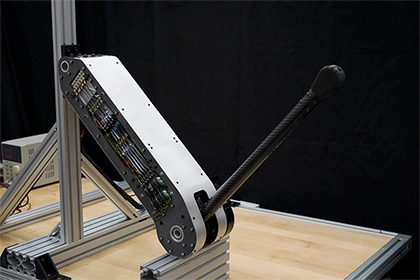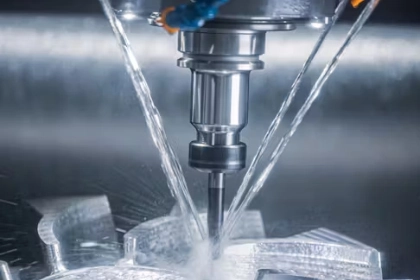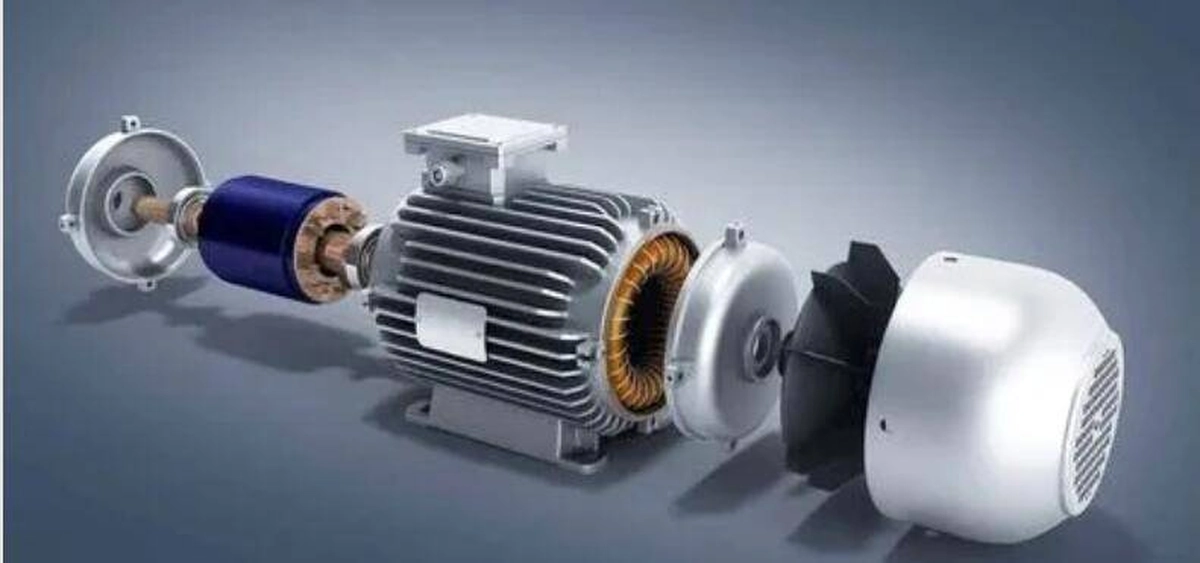- +86 19149417743
- Zhengzhou, Henan Province, China
- Mon-fri: 8am - 7pm
Get a quote
Electric tools typically use both brushed motors and brushless motors, each with specific applications and advantages.
Brushed motors are the traditional type of electric motor, consisting of a rotating rotor and a stationary stator. The stator has a pair of carbon brushes that make contact with the electrodes on the rotor, conducting electricity and changing the direction of the current to make the rotor rotate. The advantages of brushed motors include their simple structure, lower cost, and high starting torque. This makes them suitable for certain applications such as small household electric tools like electric razors and toothbrushes.
However, brushless motors have several advantages over brushed motors and are increasingly used in many applications. Brushless motors do not have brushes on the rotor. Instead, they use permanent magnets or electronic control to generate a magnetic field and rely on sensors to determine the rotor position. Here are some advantages of brushless motors:
While brushless motors offer many advantages, they are generally more expensive to manufacture. Therefore, in some smaller, simpler, and cost-effective electric tools, brushed motors are still used. However, as technology advances and costs decrease, brushless motors are becoming increasingly common in many electric tools.
 2024-08-30 16:01:40
Engineering
2024-08-30 16:01:40
Engineering
 2024-07-26 14:09:13
Engineering
2024-07-26 14:09:13
Engineering
 2024-07-18 09:42:00
Engineering
2024-07-18 09:42:00
Engineering